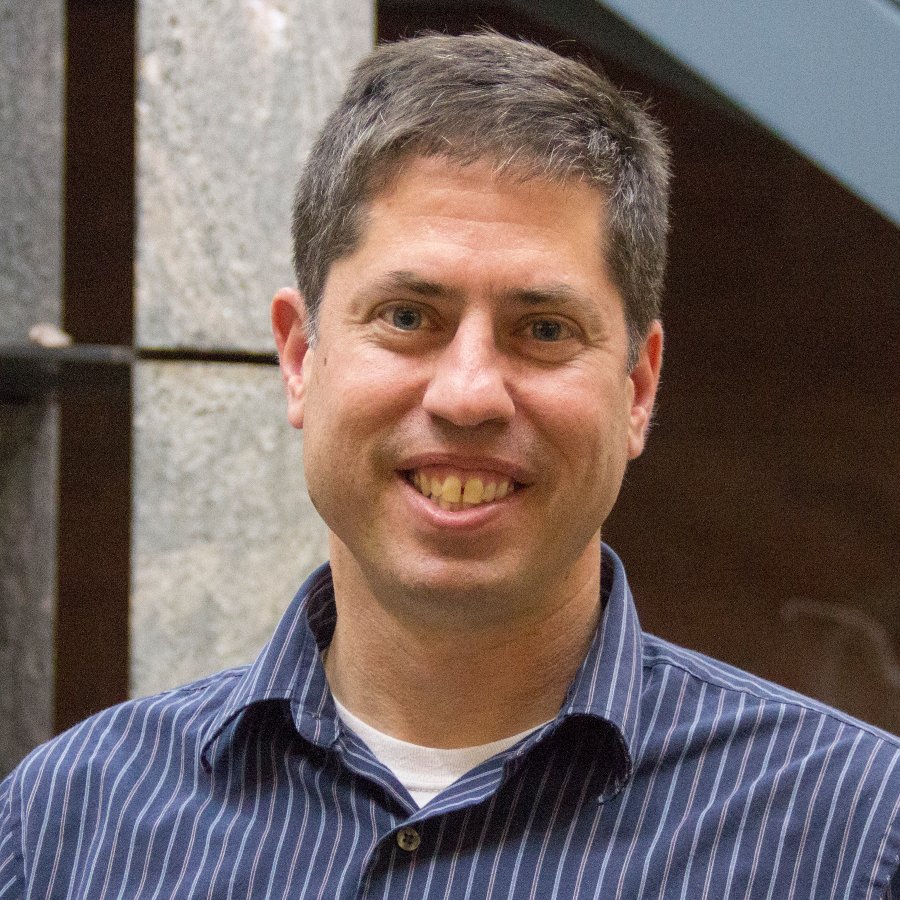William Arnold: Collateral Consequences

In the face of a viral pandemic, there is a need to disinfect our surroundings to stay healthy. Thus, the amount of disinfectants used and released into the environment will rise. William Arnold’s expertise is investigating what happens to chemicals when they reach the environment. In the wake of the COVID-19 pandemic, Arnold sees the need to understand what happens when so many disinfectant chemicals reach the environment.
The majority of disinfectants recommended to protect against the coronavirus contain quaternary ammonium compounds (QACs). QACs are biologically active compounds, meaning they will have an effect (for good or ill) on humans, plants, and animals in the environment. Previous studies have found QACs in wastewater, surface waters, and sediments. Other studies explored the effects of QACs on antibiotic resistance. Possible detrimental impacts of an increase of QACs into the environment could include disruption of wastewater treatment operations, proliferation of antibiotic resistance, formation of disinfection byproducts, or harm to the plant and animal life in surface waters. Such problems could arise suddenly and acutely, or they could affect an environment more slowly over time.
Priya Hora, a Ph.D. student advised by Arnold, worked with Arnold and two other collaborators. They believe that the effects from QACs will continue to be an issue even after the immediate concern of the COVID-19 pandemic has passed. People and institutions will likely continue the higher-level use of disinfectants. The researchers urge further testing on long-term effects; they see the importance of understanding how QACs affect organisms living in and around water sources that receive QACs.
Microbiologists understand some of the processes that facilitate degradation of QACs. They will build on this understanding to find ways to limit environmental releases, minimize environmental impacts, and improve treatment of affected areas. One solution might include building “treatment wetlands,” which facilitate extended biodegradation, photolysis, and QAC removal via particle settling. More complex chemical interventions might also be needed.
Environmental engineers must develop balanced approaches that protect both people and the environment. Arnold and his collaborators advocate diligently monitoring the presence of QACs in the environment, and taking actions when the level in an area becomes concerning. Environmental engineers are trained and ready to develop and implement remediating technologies.
Read the full article: Hora, Priya I., Pati, Sarah G., McNamara, Patrick J., and Arnold, William A. 2020. “Increased Use of Quaternary Ammonium Compounds during the SARS-CoV-2 Pandemic and Beyond: Consideration of Environmental Implications” (in press; web publication date: June 26, 2020). doi: 10.1021/acs.estlett.0c00437